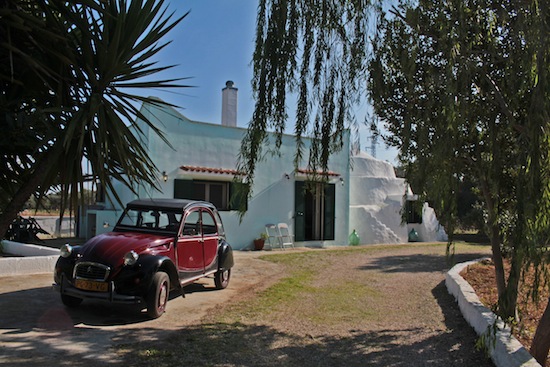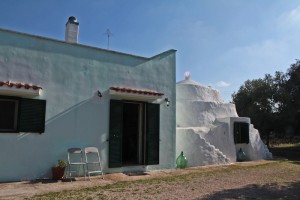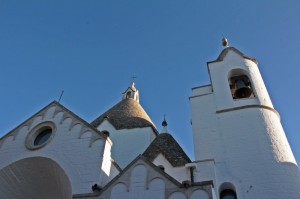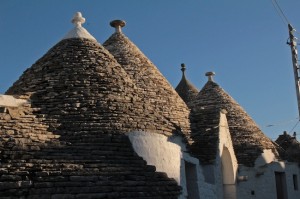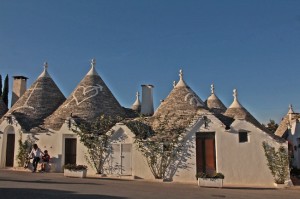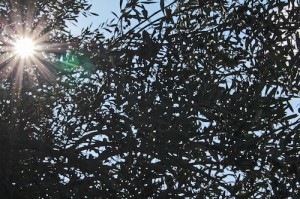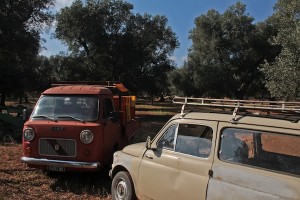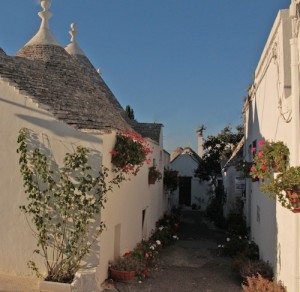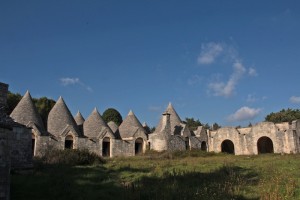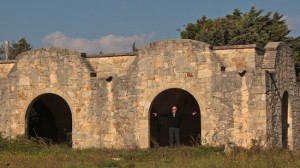We’ve stayed in Cathar castles and Berber tents, nylon tents and wooden cabins – all recognisable structures. But in the south-eastern quarter of Italy we stayed in a trullo.
The photo above already tells you the shape, but what else is there about these curious buildings, which started life as animal and machine stores and now are making a comeback as homes. We found ours on AirBnB, tucked away in an olive grove. The owner, Marco, lived in it for years, until his expanding family outgrew the space. We loved it! Check out the fantastic big, round bed in our big, round bedroom!
A trullo – or trulli in the plural – is a 19th century construct in the Murge region of Puglia. The walls are so thick they keep everything blissfully cool in the Mediterranean summers, but can be a bit chilly on an early autumn morning. Originally more shed than human shelter, houses began to be built by joining a series of trulli together in a compound, or a simple block in the same way that Marco has done.
On the site of the trullo a cistern, or water tank was first dug. The large rubble from the excavation were often used to then raise the dry stone walls of the building, which was then topped off with the conical roof, made of stone tiles. Some, but not all, were then rendered and whitewashed. It is a surprisingly solid structure considered there is no “glue” to hold it together.
It is said that the keystone – the decorative knobbly bit on the roof pinnacle – used to be removeable, because in years gone by houses were only taxed if they had an enclosed roof. When the tax inspector was on his way, the keystone was lifted off and the tax bill was zero.
Different keystones were a mark of different builders. Alberobello, in central Puglia, is famous for its trulli. Many have painted symbols on their beehive roofs, but don’t be fooled by the tourist tales that they are ancient magical symbols; most were adopted in the last century and even more recently.
Puglia is one of the least visited areas of Italy, especially for foreign tourists; Italians have been summering here for years. It is old-style and quirky, with olive groves and farms the mainstay alongside the Italian holidaymakers.
The trulli are presenting a boost to the economic, with an increase in the number of people buying up old buildings and converting them to live in or for holiday rentals.
Some are more successful than others….
……. but it is lovely peaceful area and if you get the chance to visit, don’t pass it by. It has the added advantage that you can get the overnight ferry to Greece from there…stand by for posts on our Hellenic adventures to begin soon!

